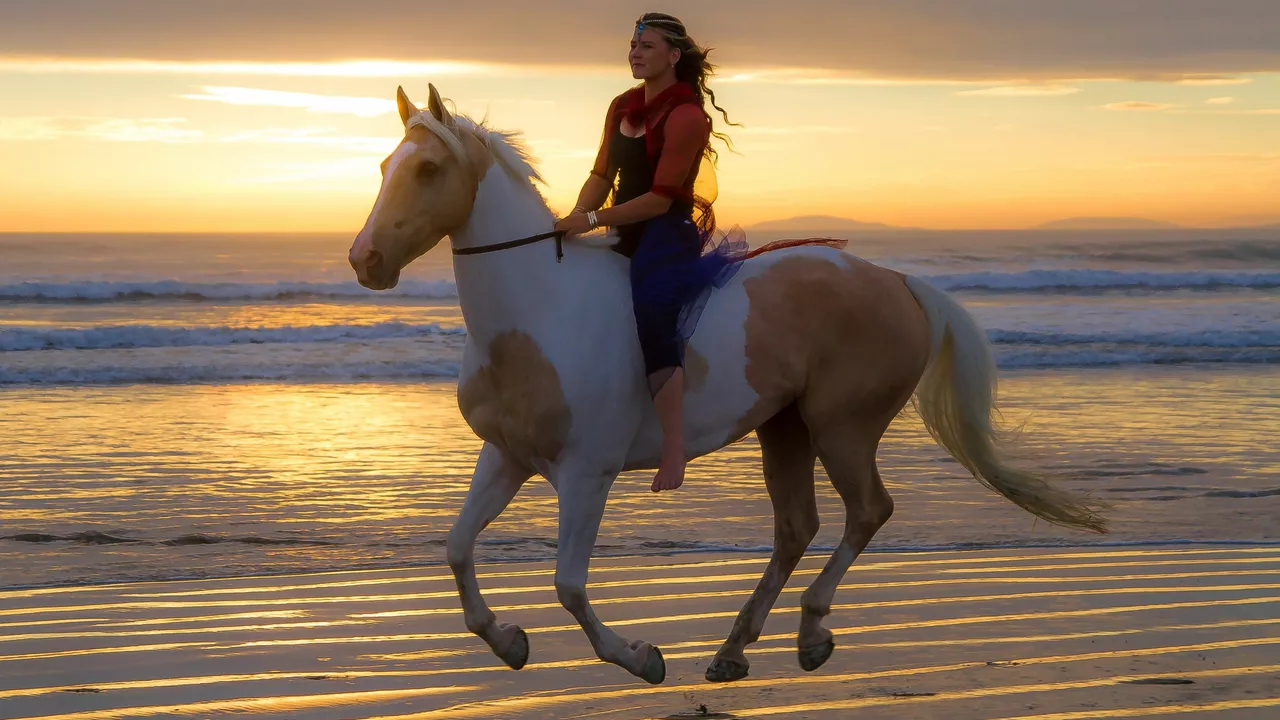Riding Impact: What Every Rider Should Know
When you hop on a horse, the experience does more than give you a thrill. It puts pressure on your body, your mount, and even the trail you’re on. Understanding that impact helps you stay safer, ride longer, and keep the sport fun for everyone.
How Riding Affects Your Body
First off, the rider’s body takes a workout every time you’re in the saddle. A good posture uses your core, backs your spine, and eases pressure on the knees. If you’re slouching or gripping too tight, you’ll feel sore after a short ride. Simple tips like keeping shoulders relaxed, elbows soft, and hips square can cut fatigue by half.
Take a minute to check your stirrups and saddle fit. Too short or too long stirrups force your knees into awkward angles, leading to joint strain. A well‑fitted saddle spreads the horse’s weight evenly, which means less bounce for you and less pressure for the horse.
Don’t forget your helmet and boots. A sturdy helmet protects against head injuries, while a boot with a small heel stops your foot from slipping through the stirrup – both are tiny changes that dramatically lower risk.
Protecting Your Horse and the Environment
Riding isn’t just about you; the horse feels every movement. A poorly balanced rider can create uneven pressure points that cause soreness or bruises on the horse’s back. Keep your weight centered and move with the horse’s rhythm. If you notice the horse shifting or tossing its head, it may be a sign the saddle isn’t right or your balance is off.
Training with gentle cues also matters. Harsh spurs or sudden pulls can stress the horse’s muscles and nerves. Choose spurs that fit your boots and use them lightly – most beginner riders do fine with blunt spurs or none at all.
Outside the arena, think about trail wear. Riding on soft, undisturbed paths reduces erosion and protects wildlife habitats. Stick to designated trails, avoid riding after heavy rain, and never cut new shortcuts. A little respect for the land keeps the scenery beautiful for the next ride.
Finally, get regular check‑ups for both you and your horse. A quick vet visit can spot early signs of back pain or hoof issues, while a physical therapist can help you fine‑tune your riding posture. The healthier you both are, the more positive the impact of every session.
Bottom line: small adjustments in gear, posture, and trail etiquette multiply into big gains for rider comfort, horse welfare, and the environment. Next time you mount up, give those simple checks a quick once‑over – your future rides will thank you.

As a horse lover and a part-time cowboy, I've often pondered the same question, "Does it hurt a horse to have someone ride him?" Well, saddle up, folks, for the answer is as bouncy as a wild bronco! Generally, horses are built to carry weight and, with proper training and equipment, they can happily trot around with a human on their back. But remember, a horse isn't a 4x4 vehicle! Overloading them or using ill-fitting tack can cause discomfort or even pain. So, just like you wouldn't want to wear shoes two sizes too small, make sure your horse's saddle is a perfect fit!
Read more
